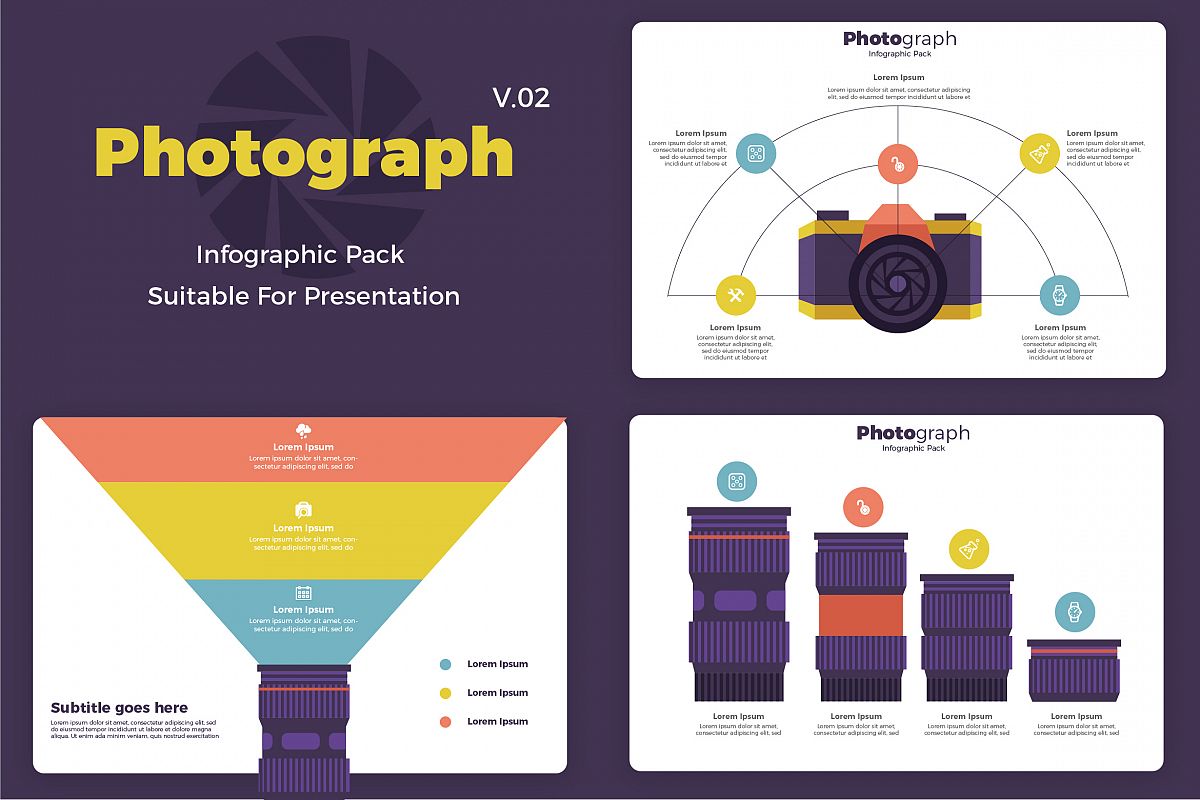What Every Digital Photographer Ought To Understand About Lighting
What Every Digital Photographer Ought To Understand About Lighting
Blog Article
Developed By-Greenwood Fraser
As a professional photographer, you understand that lighting can make or break your images. Recognizing the nuances of both all-natural and synthetic light is necessary for recording the state of mind and clarity you go for in your job. Whether you're going after the excellent golden hour glow or fine-tuning your artificial arrangements, mastering these elements can elevate your photography substantially. Yet there prevail pitfalls that lots of ignore, and identifying them can change your method to every shoot. Let's discover what you may be missing out on and exactly how it can influence your results.
Recognizing Natural Light
Recognizing natural light is important for any kind of digital photographer aiming to enhance their job. It's the foundation of terrific digital photography, influencing state of mind, tone, and clarity. When you fire outdoors, pay attention to the time of day. The gold hour-- quickly after sunrise and before sunset-- uses soft, cozy light that can transform average scenes right into stunning images.
Do not ignore the power of overcast days. Suggested Reading diffuses sunlight, producing a soft, also light that's excellent for pictures and macro photography. You'll find shades pop in this sort of illumination without harsh darkness.
Positioning matters, also. Constantly consider your subject's orientation to the light source. If the sun's behind your subject, you might wind up with a shape, which can be significant however mightn't be what you desire. On the other hand, straight sunshine can produce unflattering darkness.
Try out angles; sometimes, changing your point of view can yield impressive outcomes. Usage natural reflectors, like water or sand, to bounce light onto your topic, adding measurement.
Learning Artificial Light
Understanding man-made light is necessary for professional photographers that intend to take their abilities to the next level. Whether you're utilizing speedlights, workshop strobes, or continual lights, understanding how to manipulate these resources can drastically improve your photos.
Start by familiarizing yourself with the fundamentals of light top quality, instructions, and shade temperature. Trying out various modifiers like softboxes, umbrellas, or grids to control the gentleness or cruelty of the light.
You'll find that soft light frequently develops lovely results, while harsher light can include drama and depth. Don't avoid darkness; they can enhance the three-dimensionality of your topics.
Pay close attention to the positioning of your lights. A light located too near your topic can create uncomplimentary outcomes, while also away can cause an absence of information. Utilize a light meter or your camera's pie chart to guarantee you're revealing properly.
Lastly, remember that man-made light can be mixed with ambient light for creative effects. Balancing these resources may take method, but once you understand it, your digital photography will truly radiate.
Methods for Various Situations
When you enter different shooting situations, adjusting your lights strategies is important for capturing the very best photos. For visit website , utilize the gold hour-- early morning or late afternoon light-- to soften shadows and improve skin tones.
If it's a harsh lunchtime sunlight, consider utilizing a reflector to jump light back onto your subject or seek shaded locations for an extra also exposure.
In low-light scenarios, like indoor events, increase your ISO and utilize a wide aperture to let in even more light. A tripod can aid remove camera shake, enabling longer direct exposures without blurring.
If you're contending night, trying out off-camera flash to produce dynamic illumination and depth in your pictures.
For item digital photography, use diffused lights to prevent rough reflections. Softboxes or light outdoors tents can aid accomplish this impact.
When photographing landscapes, think about the direction of light and time of day, as it can significantly transform the mood of your shot.
Constantly be ready to change your settings and placing based upon the situation, as versatility is vital to mastering illumination in photography.
Conclusion
To conclude, grasping lighting is crucial to elevating your digital photography skills. Welcome all-natural light's beauty during golden hour, and do not shy away from experimenting with artificial light techniques. By adjusting your strategy to different scenarios, you'll capture stunning images that resonate with feeling and clearness. Remember, the best lights can change a regular shot into something extraordinary, so keep exercising and refining your understanding of both natural and man-made light. Happy shooting!
